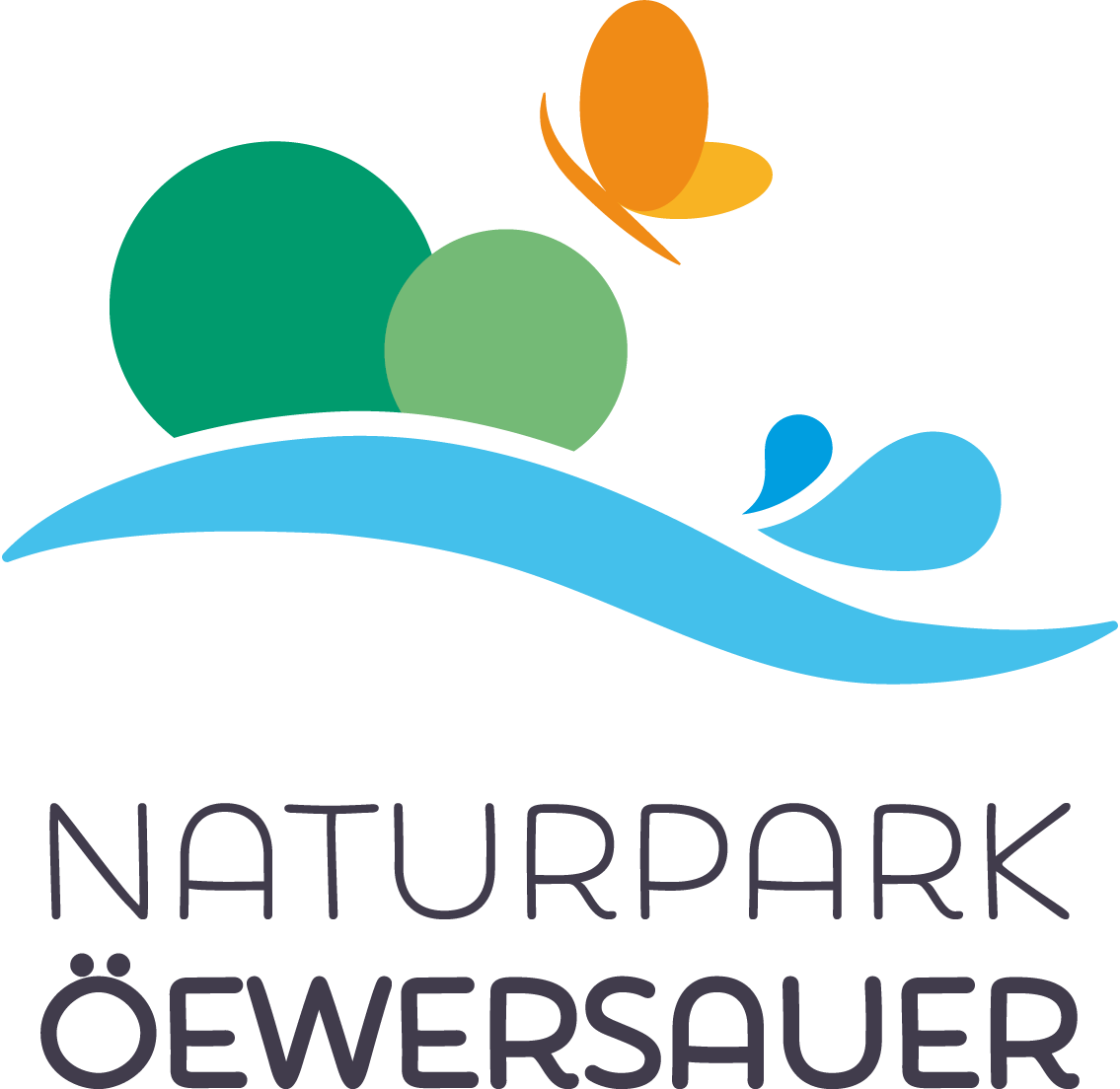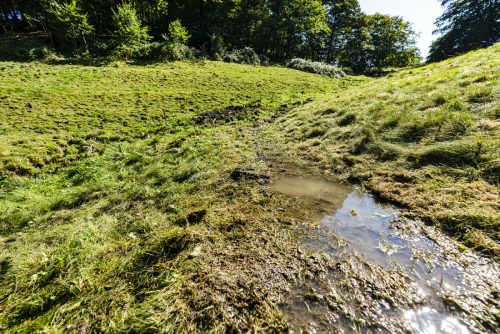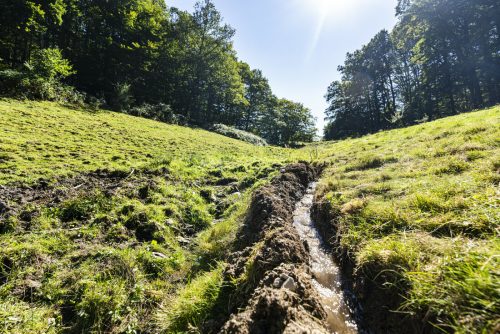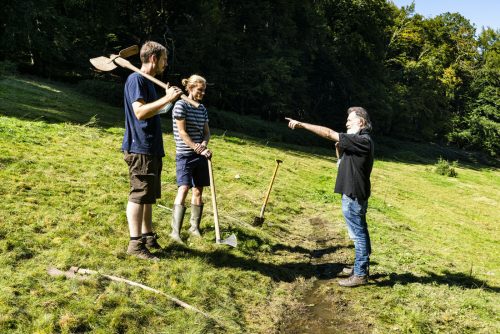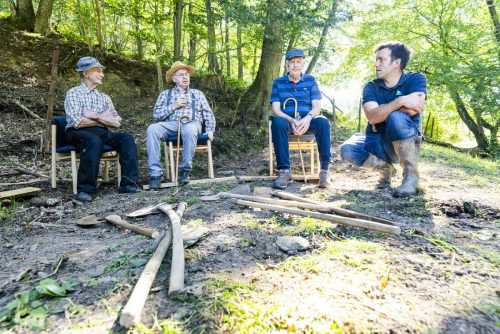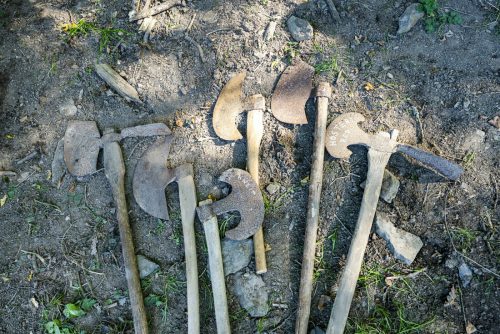“Fléizen“ is an agricultural method of meadow irrigation used to increase productivity on hay meadows. Ditches are made with a meadow ax (“Wisebeel”), allowing water from rivers and streams to be deviated onto the meadows which are then irrigated. In general, irrigation was done in spring, to thaw snow and soil frost. The elevated soil temperature led to an early growth of the grasses. In summer, when droughts were becoming more frequent, the irrigation systems were used for their typical watering effect. In addition, at high tide, water from the rivers and streams can be used as nutrient supply as it contains many suspended particles.
Even if nowadays “Fléizen” is being less used, the remaining landscape elements in the Oesling and in some other parts in Luxembourg can still be seen: the irrigation ditches, the ponds (“Fléizweiher”) for water storage and the dams. The irrigated meadows depict important wetland habitats for several rare species.
Since “Fléizen” has been enlisted in the national inventory of intangible cultural heritage in Luxembourg (25.11.2021), motivation has risen among the working group “Fléizen” organized by the Nature Park Upper Sûre to bring this typic regional theme closer to schools and other visitors. In addition, the working group “Fléizen” is applying together with other nations for an inscription of “traditional irrigation in Europe” in the UNESCO Representative List of the Intangible Cultural Heritage of Humanity.
